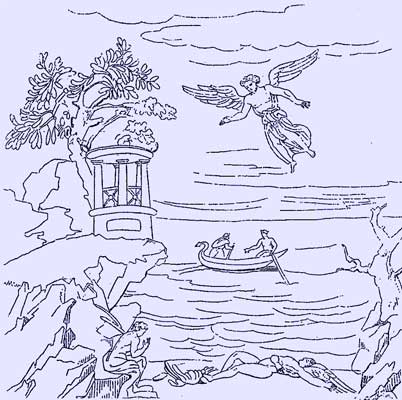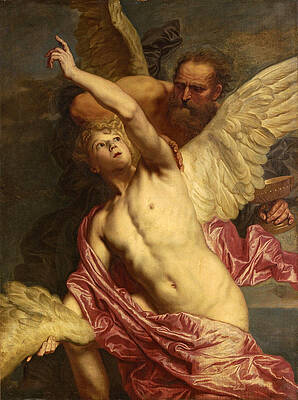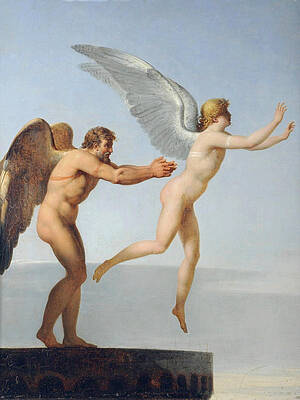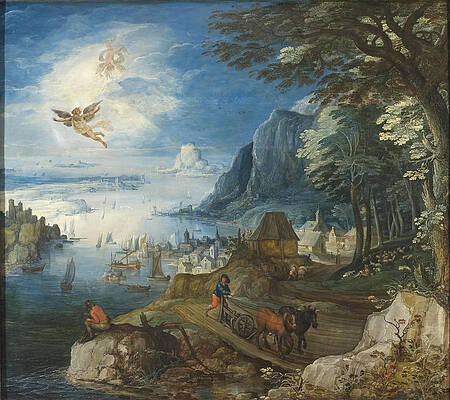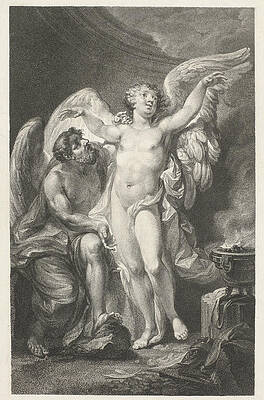.
And having put in to the island of Doliche, he saw the body of Icarus washed ashore and buried it, and he called the island Icaria instead of Doliche. Apollodorus, Library and Epitome (ed. Sir James George Frazer)

Icarus and Daedalus, Flight of the first machine, 1903-1978.
In Greek mythology, Icarus (greek Ikaros, Ίκαρος) was the son of Daedalus. He was imprisoned, with his father, in a tower on Crete, by the king, Minos.
Daedalus contrived to make his escape from his prison, but could not leave the island by sea, as the king kept strict watch on all the vessels, and permitted none to sail without being carefully searched. "Minos may control the land and sea," said Daedalus, "but not the regions of the air. I will try that way." So he set to work to fabricate wings for himself and his young son Icarus. He wrought feathers together beginning with the smallest and adding larger, so as to form an increasing surface. The larger ones he secured with thread and the smaller with wax, and gave the whole a gentle curvature like the wings of a bird. Icarus, the boy, stood and looked on, sometimes running to gather up the feathers which the wind had blown away, and then handling the wax and working it over with his fingers, by his play impeding his father in his labors.
When at last the work was done, the artist, waving his wings, found himself buoyed upward and hung suspended, poising himself on the beaten air. He next equipped his son in the same manner, and taught him how to fly, as a bird tempts her young ones from the lofty nest into the air. When all was prepared for flight, he said, "Icarus, my son, I charge you to keep at a moderate height, for if you fly too low the damp will clog your wings, and if too high the heat will melt them. Keep near me and you will be safe." While he gave him these instructions and fitted the wings to his shoulders, the face of the father was wet with tears, and his hands trembled. He kissed the boy, not knowing that it was for the last time. Then rising on his wings he flew off, encouraging him to follow, and looked back from his own flight to see how his son managed his wings. As they flew the ploughman stopped his work to gaze, and the shepherd leaned on his staff and watched them, astonished at the sight, and thinking they were gods who could thus cleave the air.
Brueghel Pieter the Elder, Fall of Icarus
They passed Samos and Delos on the left and Lebynthos on the right, then the boy, exulting in his career, began to leave the guidance of his companion and soar upward as if to reach heaven. The nearness of the blazing sun softened the wax which held the feathers together, and they came off. He fluttered with his arms, but no feathers remained to hold the air. While his mouth uttered cries to his father, it was submerged in the blue waters of the sea, which thenceforth was called by his name. His father cried, "Icarus, Icarus, where are you?" At last he saw the feathers floating on the water, and bitterly lamenting his own arts, he buried the body and called the land Icaria in memory of his child. Daedalus arrived safe in Sicily, where he built a temple to Apollo, and hung up his wings, an offering to the god.
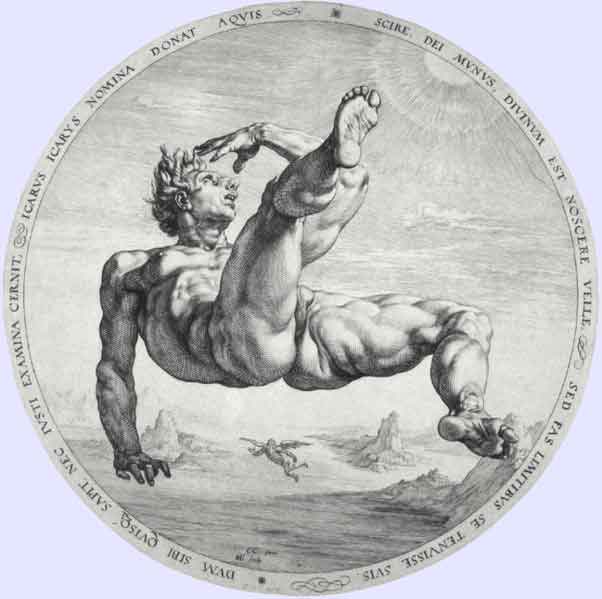
"Upon his wings
The rays of noon struck scorching, and dissolved
The waxen compact of their plumes:—and down
He toppled, beating wild with naked arms
The unsustaining air, and with vain cry
Shrieking for succour from his sire!
The sea that bears his name received him as he fell."
Pausanias in his description of Greece does not believe the story of Icarus and Daedalus and assumes that Daedalus invented the sail for the ships (which are the wings of the ship)
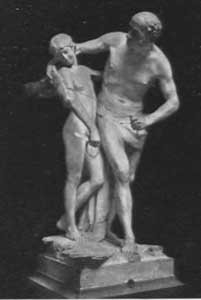
Icarus and Daedalus, Antonio Canova
For when he was fleeing from Crete in small vessels which he had made for himself and his son Icarus, he devised for the ships sails, an invention as yet unknown to the men of those times, so as to take advantage of a favorable wind and outsail the oared fleet of Minos. Daedalus himself was saved, but the ship of Icarus is said to have overturned, as he was a clumsy helmsman. The drowned man was carried ashore by the current to the island, then without a name, that lies off Samos. Heracles came across the body and recognized it, giving it burial where even to-day a small mound still stands to Icarus on a promontory jutting out into the Aegean. After this Icarus are named both the island and the sea around it.
Landscape with the Fall of Icarus, Pieter Bruegel the Elder
Daedalus fixing wings onto the shoulders of Icarus, Pieter Thijs
Daedalus and Icarus, Anthony van Dyck
"Be careful Icarus!",
Daedalus and Icarus, Andrea Sacchi
Icarus and Daedalus, Charles Paul Landon
Landscape with the Fall of Icarus, Joos de Momper the Younger
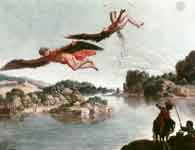
The Fall of Icarus, Carlo Saraceni
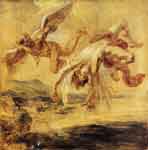
The Fall of Icarus, Peter Paul Rubens , 1636
The Lament for Icarus, Herbert James Draper
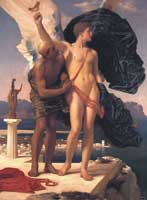
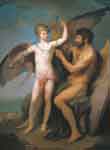
Daedalus Attaching Wings to Icarus, Pyotr Ivanovich Sokolov
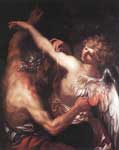

The Fall of Icarus, Odilon Redon
Daedalus teaches Icarus how to fly, Christian Friedrich Stolzel
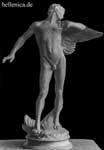

Icarus, Henri Matisse
Music
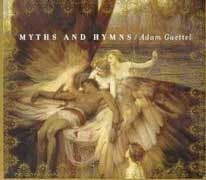
Adam Guettel, Icarus (1998), Myths And Hymns
Rock Music
Iron Maiden Flight of Icarus
Kansas Icarus--Borne on the Wings of Steel
Literature
J.H. Turner, The Myth of Icarus in Spanish Renaissance Poetry, London 1977.
N. Rudd, Daedalus and Icarus: (i) From Rome to the End of the Middle Ages. (ii) From the Renaissance to the Present Day. Appendix: Daedalus and Icarus in Art. In: Ch. Martindale (Ed.), Ovid Renewed. Ovidian influences on Literature and Art from the Middle Ages to the Twentieth Century, Cambridge 1988
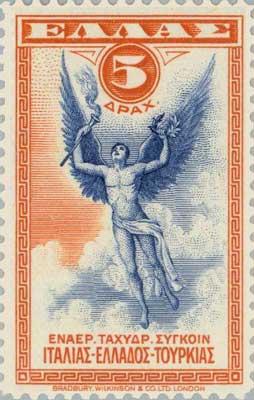
Icarus 1933, Greek Stamp
See also : Greek Mythology. Paintings, Drawings
| Ancient Greece
Science, Technology , Medicine , Warfare, , Biographies , Life , Cities/Places/Maps , Arts , Literature , Philosophy ,Olympics, Mythology , History , Images Medieval Greece / Byzantine Empire Science, Technology, Arts, , Warfare , Literature, Biographies, Icons, History Modern Greece Cities, Islands, Regions, Fauna/Flora ,Biographies , History , Warfare, Science/Technology, Literature, Music , Arts , Film/Actors , Sport , Fashion --- |
Retrieved from "http://en.wikipedia.org"
All text is available under the terms of the GNU Free Documentation License

